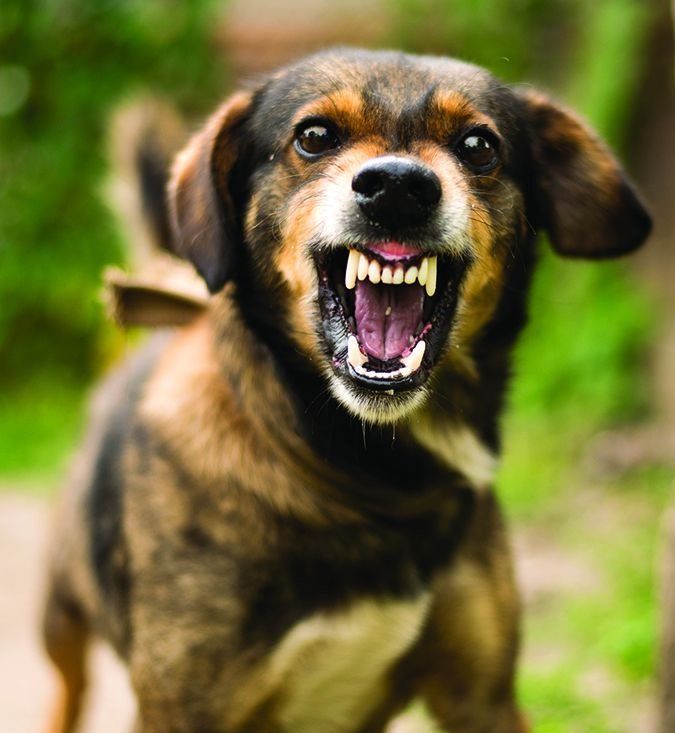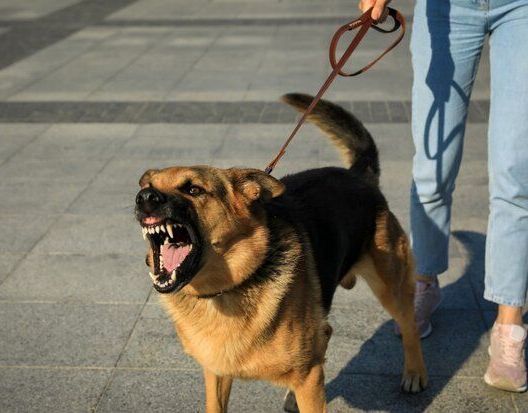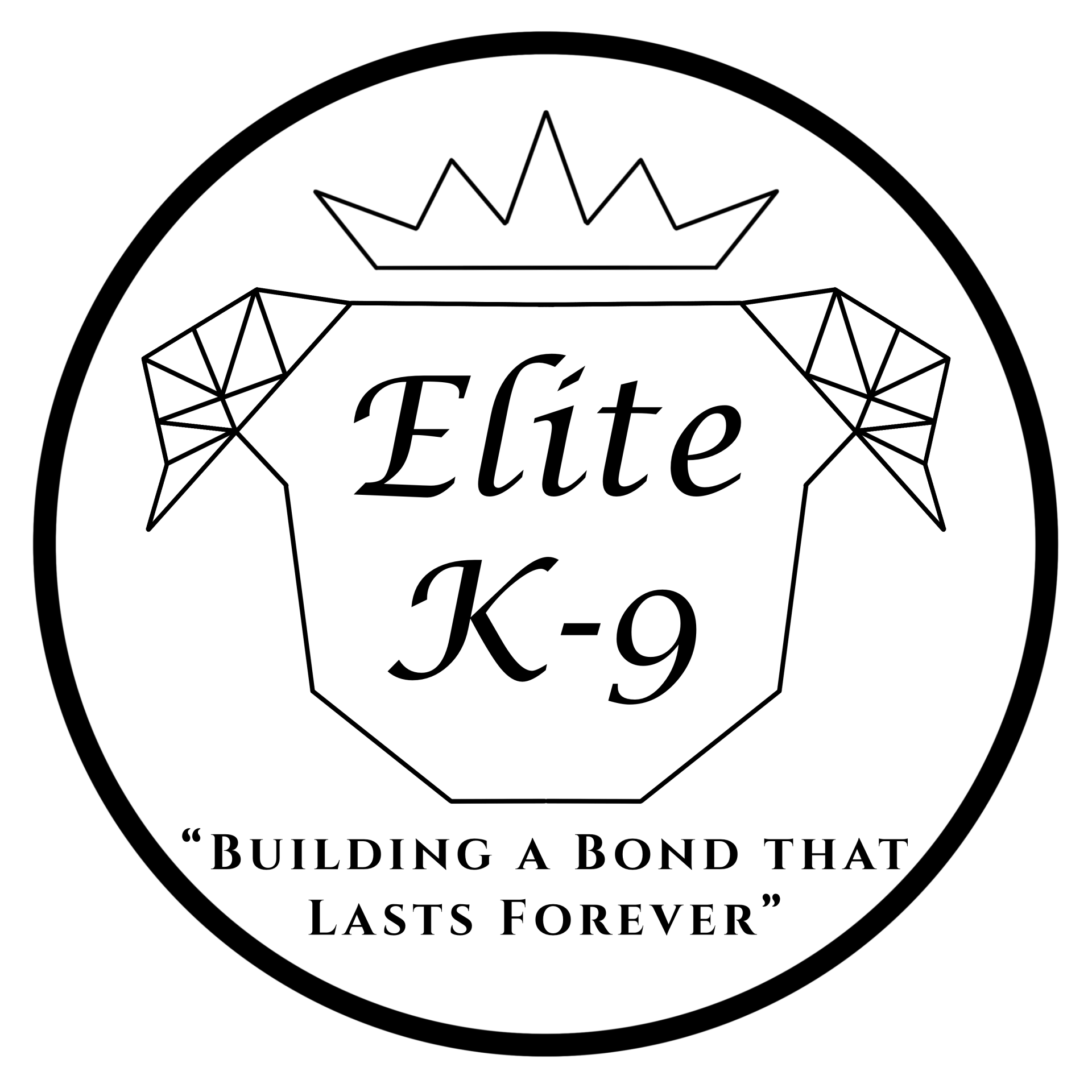Aggressive Dog Training: Recognizing The Need For Help
A Dog Behaviorist Plays A Role In Identifying Dog Aggression
For most, there is a dream that comes with dog ownership. Whether you envision your dog being a loyal part of your family, an excellent hunter or even a companion during a season of loneliness, that dream quickly comes crashing down when you realize your dog is just as capable of showing aggression as they are loyalty and love. It can be shocking to witness your dog display aggression and in some ways feel like betrayal. While your first instinctual feelings may be fear and confusion, there is hope for you and your dog.
A trained dog behaviorist can identify the severity of aggression in your dog and determine the type of aggressive dog training your pet is in need of. While negative feelings may arise towards your dog’s behavior, remember that calling for help is worth the final outcome of trust and companionship between you and your dog. A trained dog behaviorist can identify and manage dog behaviors effectively, but the trust and work must go both ways. The dog behaviorist is trusting you to follow through with the skills learned in aggressive dog training just as you are trusting the behaviorist to turn around your dog’s aggressive behavior.
Speak With A Dog
Training Expert
Speak With A Dog Training Expert
Thank you for contacting us!
We will contact you shortly!
Please try again later.
Dog Trainer Advice on the Right Food and Amount for Your Breed
As a responsible pet owner, one of the most crucial decisions you'll make for your furry friend is selecting the appropriate dog food. Each breed has its unique nutritional requirements, depending on factors like size, age, activity level, and health status. Understanding these needs and selecting the right food ensures your canine companion thrives with optimal health and vitality.
Different dog breeds have varying nutritional needs based on their size, metabolism, and predisposition to certain health conditions. For instance, large breeds like Great Danes or Mastiffs require diets rich in quality proteins to support their muscle mass and joint health. Conversely, smaller breeds like Chihuahuas or Yorkshire Terriers may benefit from smaller kibble sizes and formulations designed to support their fast metabolism and dental health. Puppies, adults, seniors, and pregnant or nursing dogs all have distinct nutritional requirements.
Speak With A Dog
Training Expert
Speak With A Dog Training Expert
Thank you for contacting us!
We will contact you shortly!
Please try again later.
Puppies need higher levels of protein, fat, vitamins, and minerals to support their rapid growth and development. Adult dogs require a balanced diet to maintain their overall health and energy levels. Senior dogs may benefit from diets with reduced calories and specific supplements to support aging joints and cognitive function. Pregnant or nursing dogs need diets with increased calories, protein, and essential nutrients to support both the mother and her growing pups.


Proper Foods: Dog Training Corpus Christi
The activity level of your dog plays a significant role in determining its caloric needs and nutrient requirements. Working breeds or highly active dogs such as Border Collies or German Shepherds need diets rich in high-quality proteins and fats to sustain their energy levels and support muscle recovery. Conversely, sedentary breeds or dogs with lower activity levels may require fewer calories and a balanced diet to prevent weight gain and maintain optimal health. Certain breeds are predisposed to specific health conditions, such as hip dysplasia in large breeds or dental issues in brachycephalic breeds. Tailoring your dog's diet to address these concerns can help mitigate risks and promote overall well-being. Additionally, some breeds may have food sensitivities or allergies, necessitating a diet free from common allergens such as grains or certain proteins. Consulting with your veterinarian can help identify any dietary restrictions or special considerations for your breed.
When selecting a dog food for your breed, consider factors such as ingredient quality, nutrient content, and
Understanding The 7 Types of Dog Aggression
Predatory Aggression. This type of aggression is a natural behavior for dogs and is rooted in their instinctual hunting drive. This behavior can be mistaken for playful chasing behavior and is generally directed towards smaller animals or moving objects. Training methods include impulse control exercises and strong recall commands.
A dog suffering from a painful condition, infection, or any ailment may react aggressively with minimal warning, even though your intentions are caring. It is important for the owner to be aware of the potential for pain-induced aggression and choose training methods and equipment that help to prioritize the dog’s comfort and well-being.
Frustration-Elicited Aggression occurs when a dog becomes excited by a stimulus but is prevented from approaching or interacting with it. The method of restraint can cause the dog to display aggressive behavior towards the person or object holding them back.
Redirected Aggression occurs when a dog shows aggression but is unable to direct its response towards the original object or person that triggered it. For example, a dog may be aroused by another animal, but you as the owner interferes thus causing the dog to shift its focus and aggression towards you.
Possessive Aggression is commonly referred to as resource guarding. Many dogs exhibit this instinctive behavior by protecting their possession from perceived threats. This protective aggression can manifest even when there is no apparent need for the dog to guard their belongings. In short, the dog values the protection of something they deem valuable and it displays itself in the form of territorial aggression.
feeding guidelines. Look for products that list a high-quality protein source as the first ingredient and avoid fillers or artificial additives. Opt for complete and balanced diets formulated to meet the specific nutritional needs of your breed and life stage. Additionally, consider factors such as taste preferences, texture, and feeding habits to ensure your dog enjoys and thrives on its chosen diet.
Choosing the right dog food for your breed is a vital aspect of responsible pet ownership. By understanding your dog's unique nutritional needs based on its breed, age, activity level, and health status, you can provide a diet that supports optimal health and vitality. Consulting with your veterinarian and carefully selecting high-quality, balanced diets ensures your canine companion receives the nourishment it needs to live a happy, healthy life.
Fear-Based Aggression shows itself in dogs who have experienced hindered development of proper social skills and coping with unfamiliar situations. Traumatic events, such as being attacked or experiencing a frightening incident, can lead to the development of fear aggression in dogs. These dogs may react defensively to protect itself from perceived dangers.
Owner-Directed Aggression can be displayed by dogs towards people they are familiar with, particularly their owners. When a dog reacts to a situation that triggers this type of aggression, the dog may exhibit various aggressive behaviors, such as growling, biting, or snapping in response to a person’s actions or requests.
Understanding your dog’s triggers, traumatic experiences, as well as the type of behavior displayed when confronted by stressful situations is a supportive way to move forward with behavior correction. Consistency in aggressive dog training will prove itself worth the time, effort, and cost when your dream of a strong bond with your dog becomes a reality.
